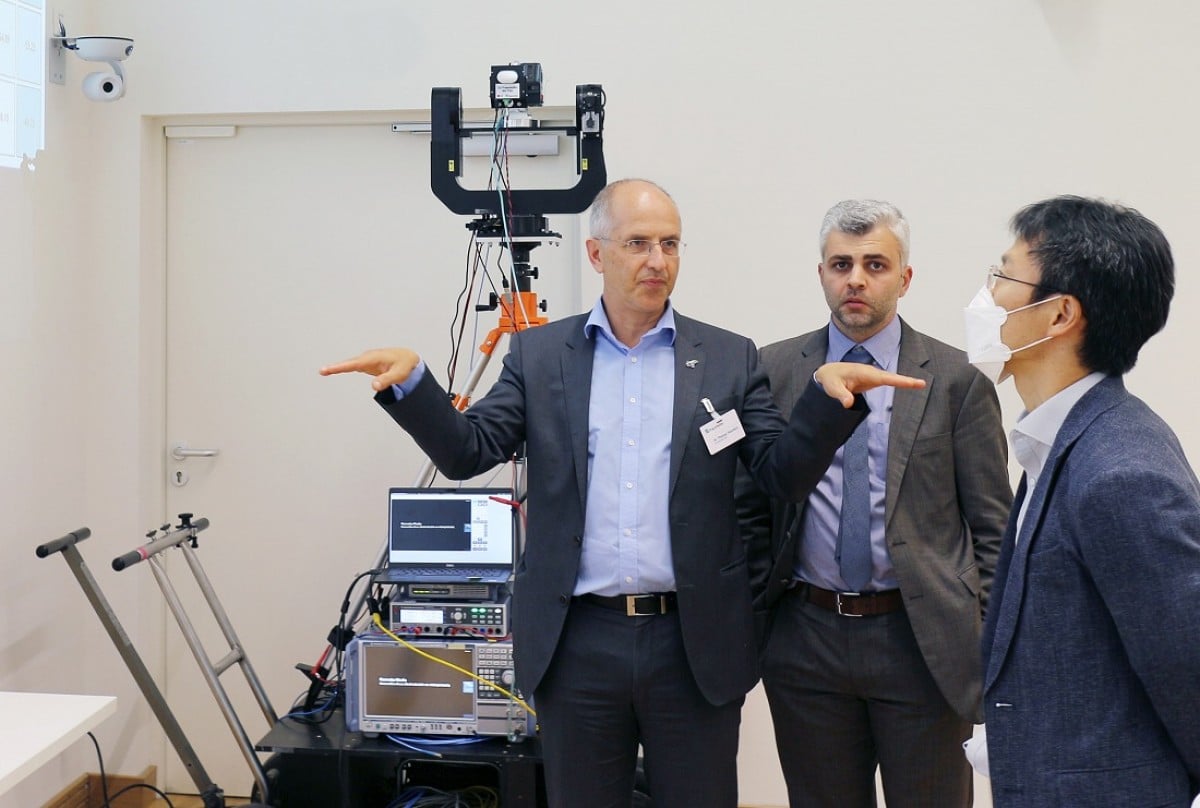While 5G is still a distant dream for many users, companies have already started to work on the next-gen 6G connectivity. However, LG seems to be ahead in the 6G race. The South Korean company has successfully tested the wireless transmission and reception of 6G terahertz (THz) data at a frequency range of 155 to 175 GHz over a distance of 320 meters outdoors.
The test was conducted on September 7 at the Fraunhofer Heinrich Hertz Institute (HHI) in Berlin, Germany. It is an important step toward commercializing 6G THz in both indoor and outdoor urban environments, as the reference cell coverage of base stations for urban macro cells is around 250 meters outdoors, says LG.

The 6G technology, which utilizes ultra-wideband frequencies, has a relatively short range and can experience power loss during transmission and reception. To counter these, LG, Fraunhofer HHI, and Fraunhofer Institute for Applied Solid State Physics (IAF) have jointly developed a power amplifier capable of increasing transmission strength and a receiver low-noise amplifier that enhances incoming signal quality.
The multi-channel amplifier used in the recent demonstration has an output of more than 20dBm, an increase of more than 5dBm over the previous solution LG and Fraunhofer HHI & IAF used. The receiver was also fitted with a low-noise amplifier that greatly reduced the generation of noise during reception. LG’s latest module design incorporates these new technologies, making it capable of future IC (integrated circuit) fabrication to ease the path toward commercialization.
“With the success of our latest demonstration, we are one step closer to realizing 6G speeds of 1 terabit (TB) per second in both indoor and outdoor urban areas,” said Dr. Kim Byoung-hoon, CTO and executive vice president of LG Electronics. “LG will continue to cooperate with research institutes and industry innovators to further solidify its leadership in 6G technology. We expect 6G to be a major driver of future business and new user experiences, and there is no place we’d rather be than at the forefront of its development.”
Related:







